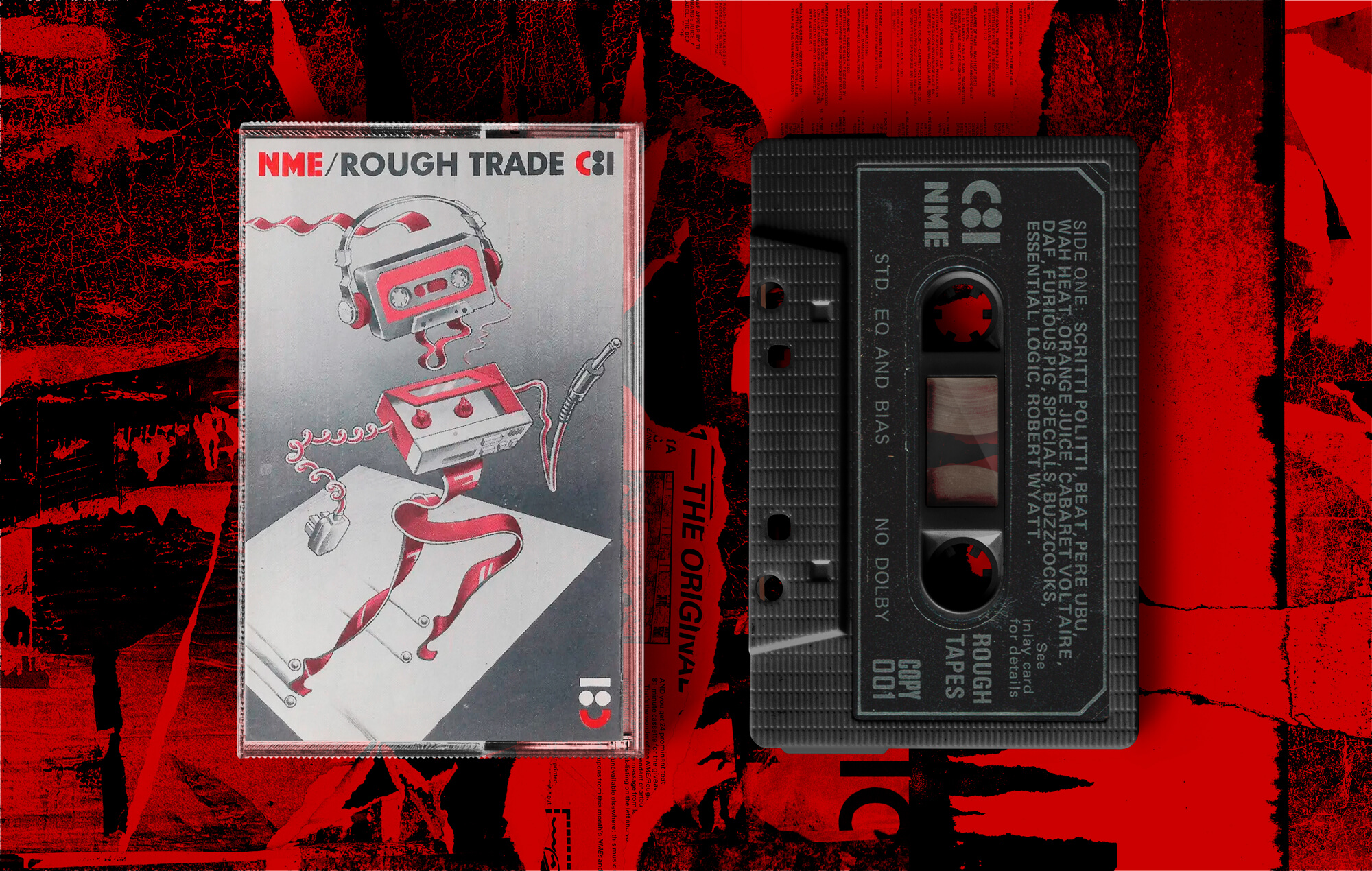NME has been prone to a mixtape or two. There’s C86, the compilation which captured a moment in time for British indie, and starred Primal Scream and The Wedding Present. Or there’s ‘The Last Temptation Of Elvis’, a 1990 tribute album to The King that ended up featuring – deep breath – Paul McCartney, Bruce Springsteen and more. Uh huh-huh, indeed.
But it was C81, the inaugural entry into the ‘C’ series that kickstarted the NME’s long- running affinity with compiling and sharing music with readers back in 1981. It sought to capitalise on what was a burgeoning trend among listeners; in 1979, the first Walkman was released by Sony, allowing portability of music through personal listening devices, and a new culture was born. In 1985, cassette sales eventually overtook the vinyl LP, reigning supreme until the CD became the preferred listening mode in the early 1990s.
Cassettes encouraged the idea of creating and sharing mixtapes. The recordability of the tape – remember, hold down play and record at the same time – allowed the listener to combine individual tracks into their own curated collection. Bootleg LPs may have been the instigator, but music piracy was truly born with the rise of the DIY mixtape and a blow against the top-down structure of the music industry.
No wonder, then, that NME muscled in on the trend. The idea was a union of staffer Roy Carr and Christopher Rose, an employee of Rough Trade. The mixtape was given away to readers who collected two coupons in the printed edition and fittingly, came with the C81 Owner’s Manual, a 32-page leaflet that required a bit of cut-and-paste (quite literally) from the listener to assemble the lyrics and credits.
C81 captured various scenes at their thrilling inception or even at its close. British music writer Simon Reynolds called the release “post-punk’s swan song” as it battled for space against ska (The Specials, The Beat), electronica (Cabaret Voltaire), new wave (Orange Juice) and even a 13-second spoken word performance by John Cooper Clarke. Essential Logic and The Raincoats, who heavily influenced Nirvana’s Kurt Cobain, also contributed.
The cover featured a tape-and-player mascot sprinting off in search of new sounds. Over 40 years later, we’re still in gleeful pursuit.
The post Tape notes: looking back at the iconic C81 compilation appeared first on NME.




